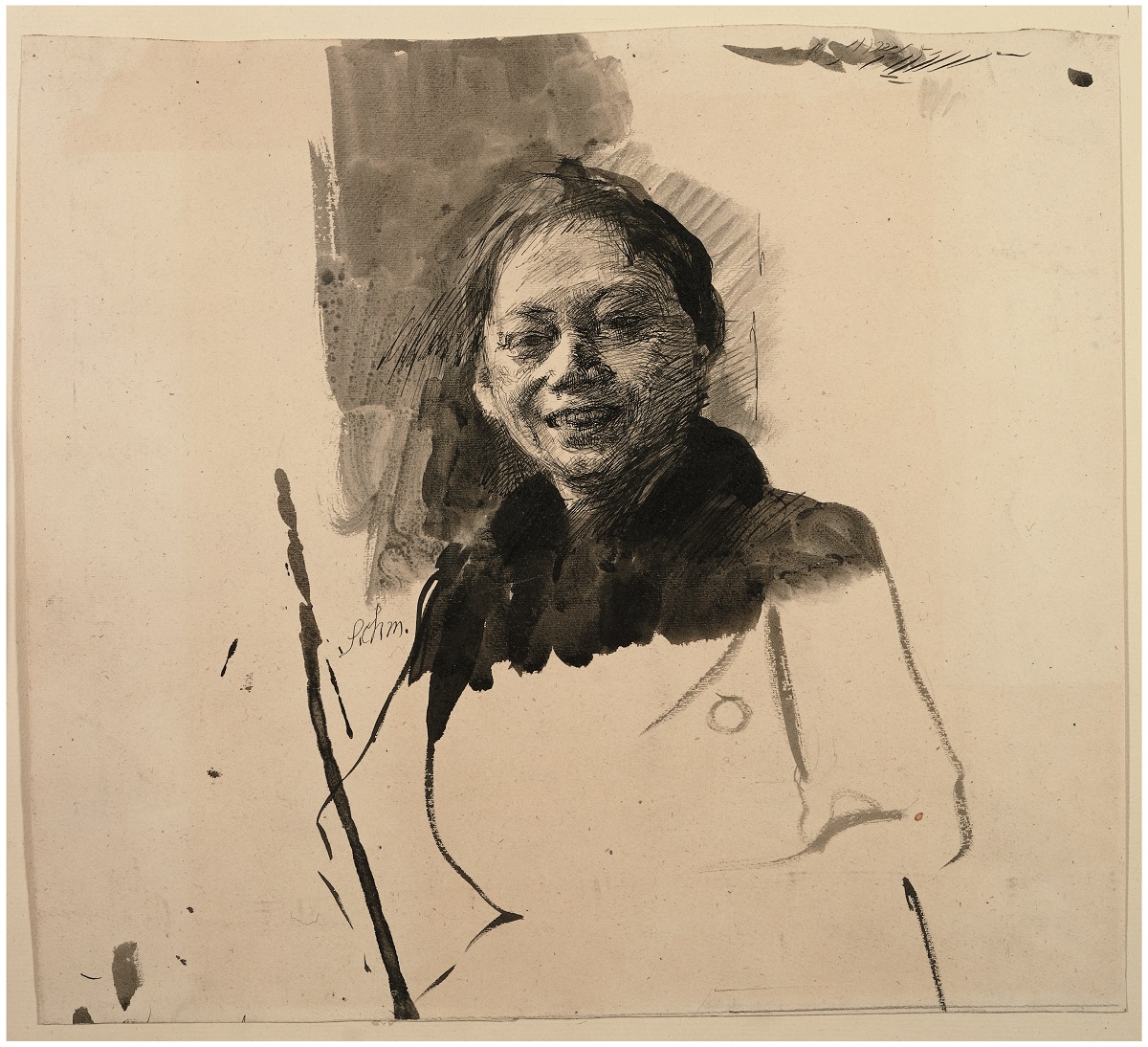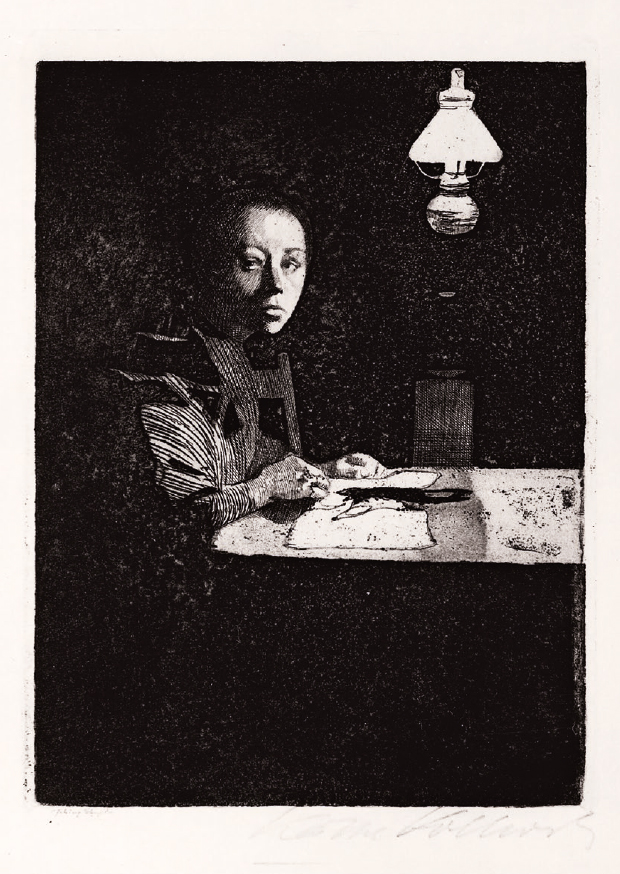To mark the 158th birthday of Käthe Kollwitz, we take a look at her self-portraits and their transformation over the course of time
Today, on 8 July 2025, we celebrate the 158th birthday of one of Germany’s most important artists – Käthe Kollwitz. Her works, especially her self-portraits, give us a deep insight into her life, her feelings and her development as an artist and a person.
Käthe Kollwitz began her artistic journey during her student days with a spontaneous, sketchy self-portrait. As a young woman, she then showed herself questioning but full of energy. These early works reflect a certain light-heartedness, combined with the first signs of empathy and sensitivity.
Over the years, especially after personal tragedies such as the loss of her son Peter in the First World War, her expression changed. Her self-portraits became more intense, more reflective and are often characterised by grief. One recognises a woman struggling with the challenges of life and the horrors of war. The lines in her self-portraits become sharper, the facial expressions more introspective – a mirror of her inner world, unembellished and honest.
In her later work, her portraits reveal a human maturity and acceptance of her circumstances. The portraits are often calmer, reflecting a woman who is at peace with herself, but who also bears the burdens of her life. These works are powerful and show an artist who finds comfort and understanding for herself and others through her art.
Käthe Kollwitz’ self-portraits are more than just self-portraits; they are a journey through her life, her feelings and her development. They are impressive proof of how art can serve as a means of self-reflection, especially in difficult times. The evolution of her self-portraits also reflects the social upheavals she experienced and her own journey to becoming an experienced, thoughtful artist.








